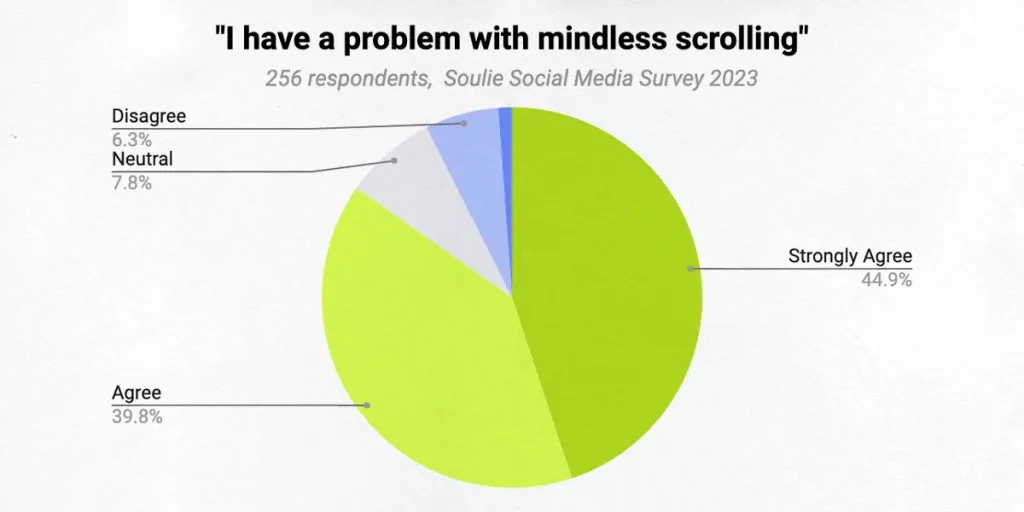Try chatting now: https://chatgpt.com/g/g-MaKbZNfNn-lexicounsel
See the app design prototype: https://app.uizard.io/p/57db6e79
In today’s world, access to affordable, high-quality legal advice can be a challenge. Hourly rates start at €150 up to €400 per hour. LexiCounsel wants to change this. Powered by generative AI, LexiCounsel provides 24/7 legal advice at a fraction of the cost of traditional lawyers, with the accuracy and reliability that users can expect from a legal professional.
At its core, LexiCounsel is about making legal advice accessible and affordable. By offering flexible subscription plans and a pay-per-use service, LexiCounsel ensures that anyone – whether a startup or an individual – can afford fast and reliable legal advice. With pricing as low as €5 per case, or €20 per month, it is almost guaranteed your legal fees will decrease.
But affordability doesn’t mean compromising on quality. By establishing partnerships with legislators, legal organisations and other government organs, LexiCounsel is guaranteed to be up to date. LexiCounsel’s chatbot will be trained on new laws long before they come into effect. New judgements, which may provide precedents for future cases, are uploaded to LexiCounsel within 24 hours. All this to ensure that LexiCounsel’s knowledge is up to date.
To test its quality, LexiCounsel will undergo regular testing by lawyers, attorneys, and legal experts. LexiCounsel is committed to a 98% accuracy rate in the legal advice it provides. This means that in the vast majority of cases, users can trust the information they receive to be as reliable as what they’d get from a human lawyer. By combining the expertise of legal professionals with the efficiency of AI, LexiCounsel ensures that its users are never left with outdated or incorrect information.

However, LexiCounsel isn’t just about answering questions—it’s about streamlining legal processes that often take hours of a lawyer’s time. Whether you need help drafting a contract, reviewing terms, or navigating compliance issues, LexiCounsel can handle it in minutes. This saves businesses both time and money, allowing them to focus on their core activities instead of getting bogged down in legal complexities.
And when cases get more complicated, LexiCounsel doesn’t leave you stranded. If an issue arises that requires in-depth human expertise, LexiCounsel’s network of partnered lawyers is just a click away. The platform seamlessly connects users to licensed attorneys, offering a smooth transition from automated advice to human assistance when needed.
By focusing on affordability, quality, and accessibility, LexiCounsel is positioned to disrupt the legal services industry. For individuals and small businesses who might find traditional legal services inaccessible, LexiCounsel provides a cost-effective, always-available alternative that doesn’t sacrifice reliability. In short, it’s not just a cheaper way to get legal advice—it’s a smarter, more modern solution to legal challenges.
The future of legal services is changing, and with LexiCounsel, affordable, reliable legal help is finally within reach for everyone.
Try chatting now: https://chatgpt.com/g/g-MaKbZNfNn-lexicounsel
See the app design prototype: https://app.uizard.io/p/57db6e79





